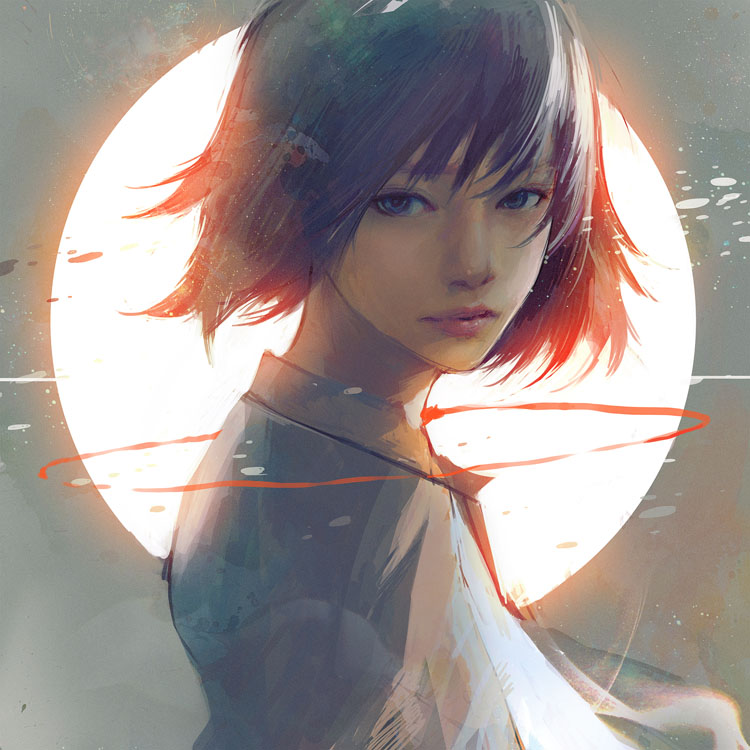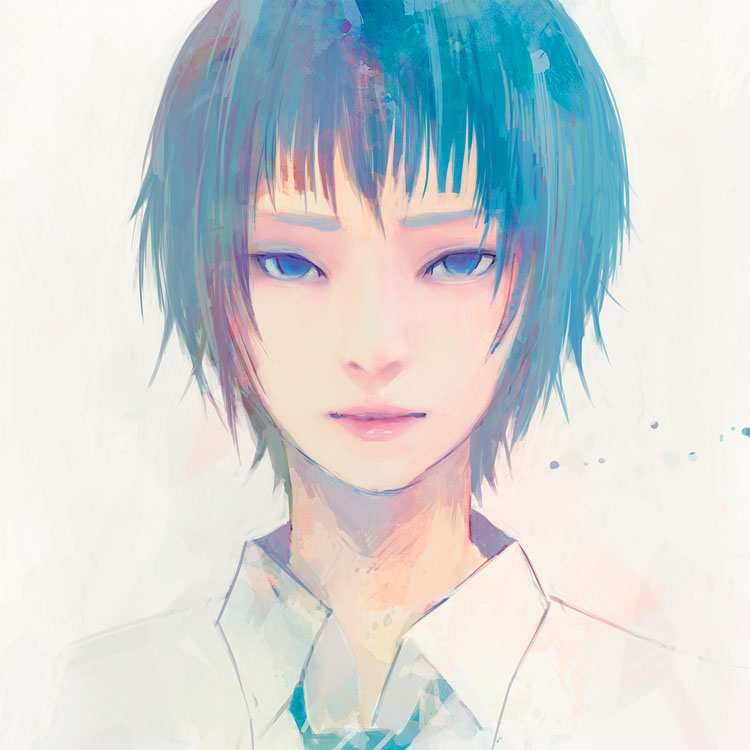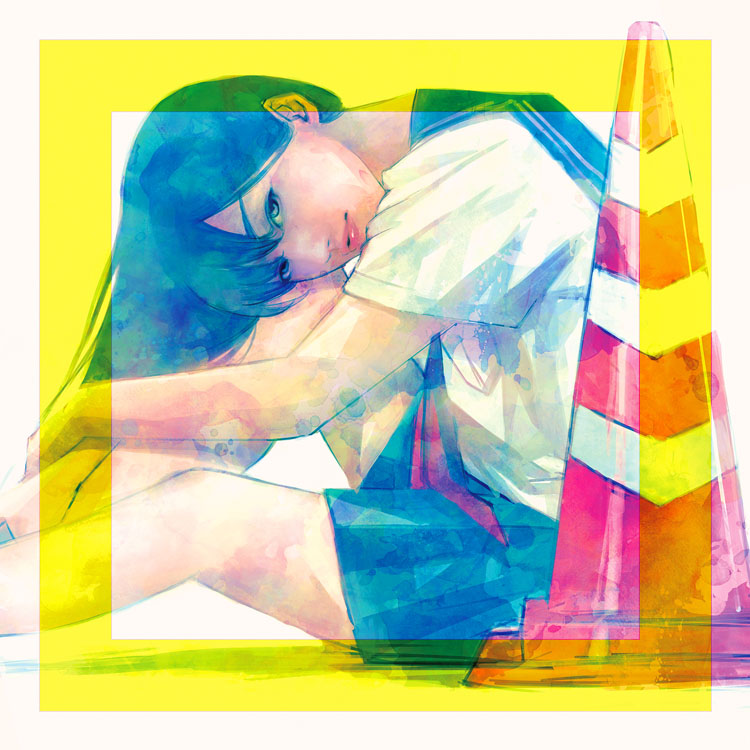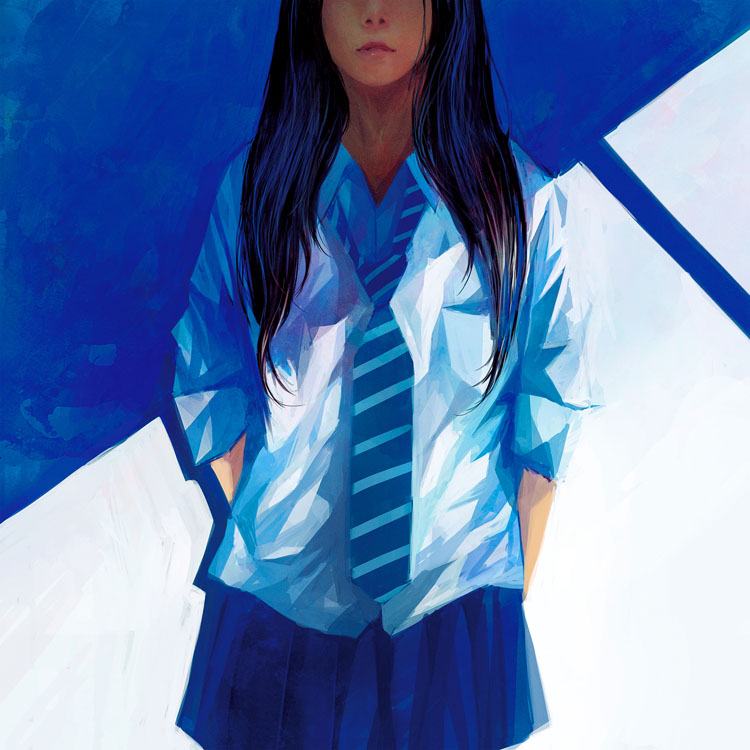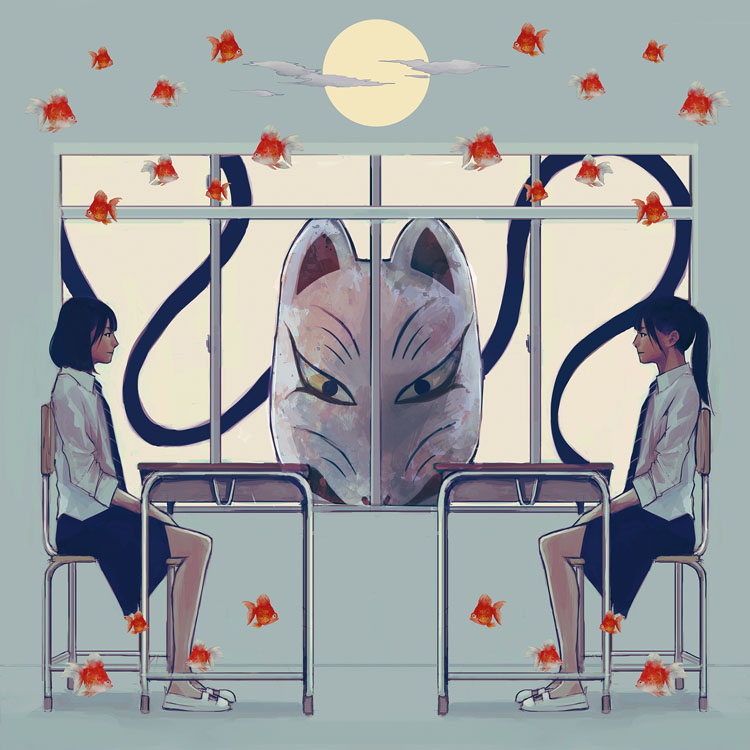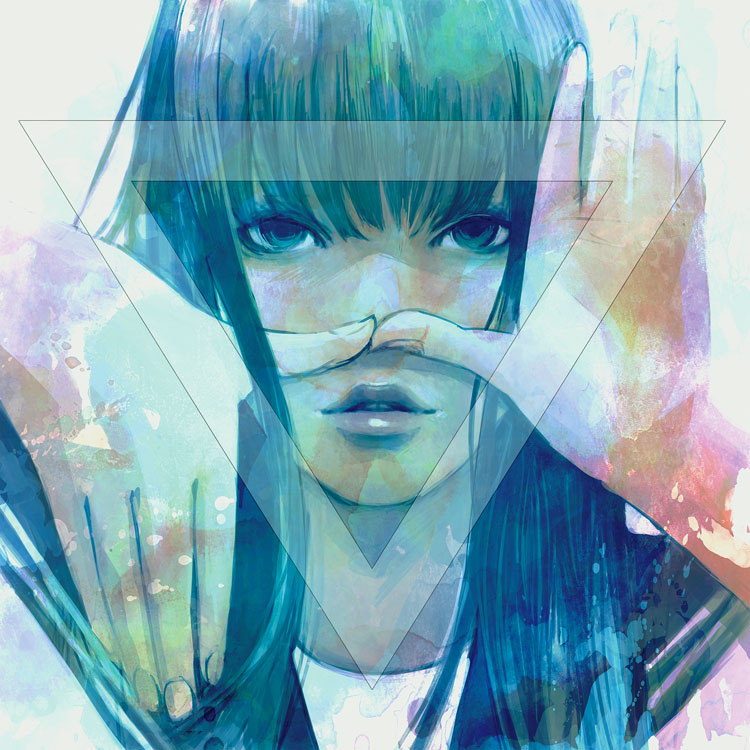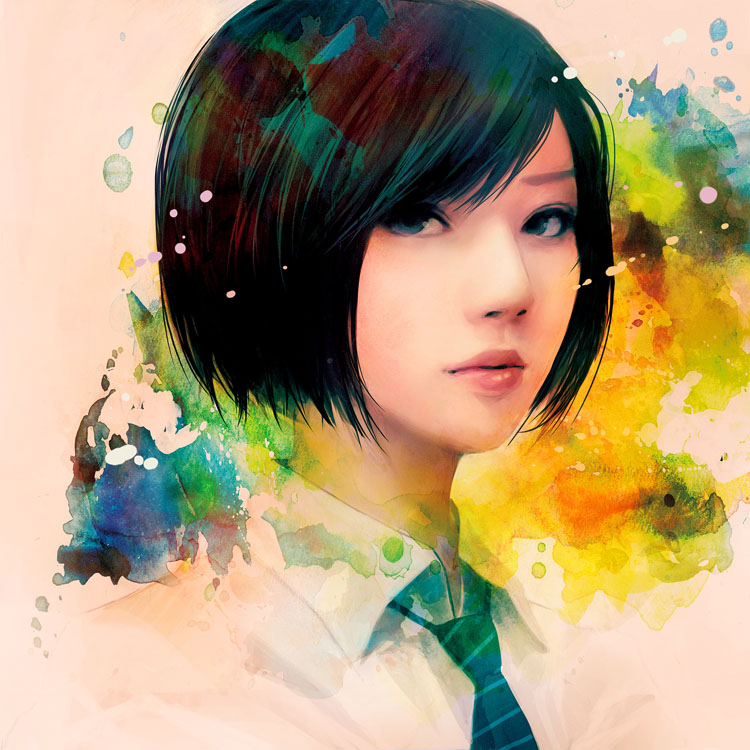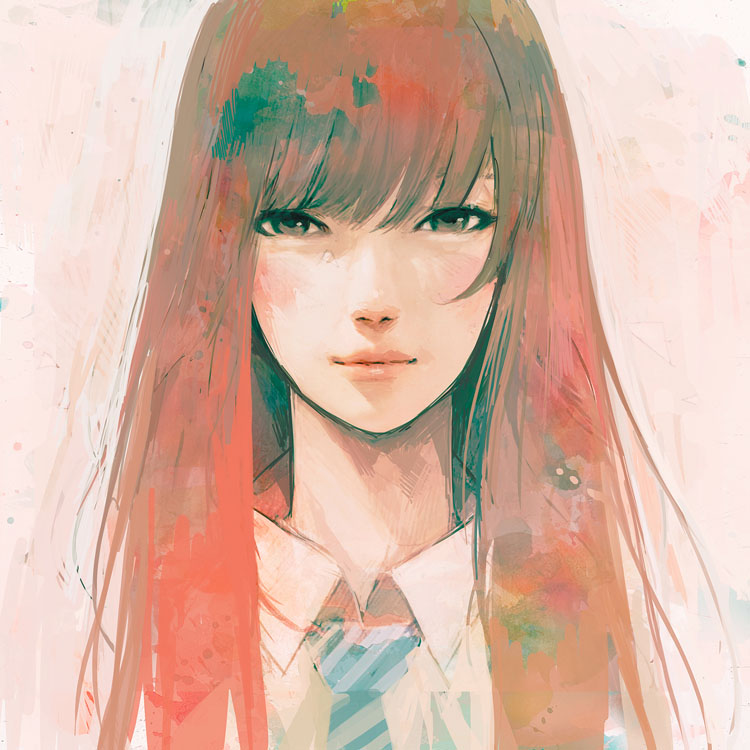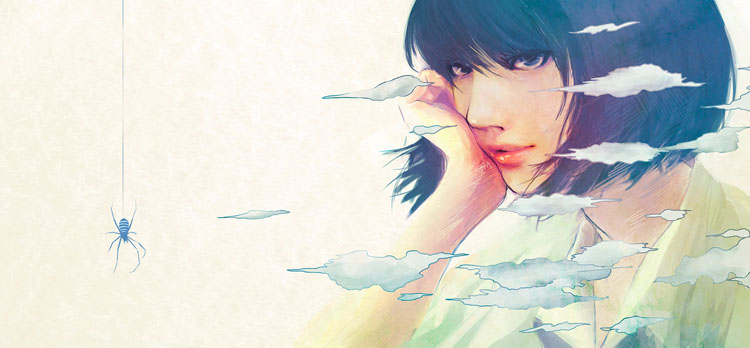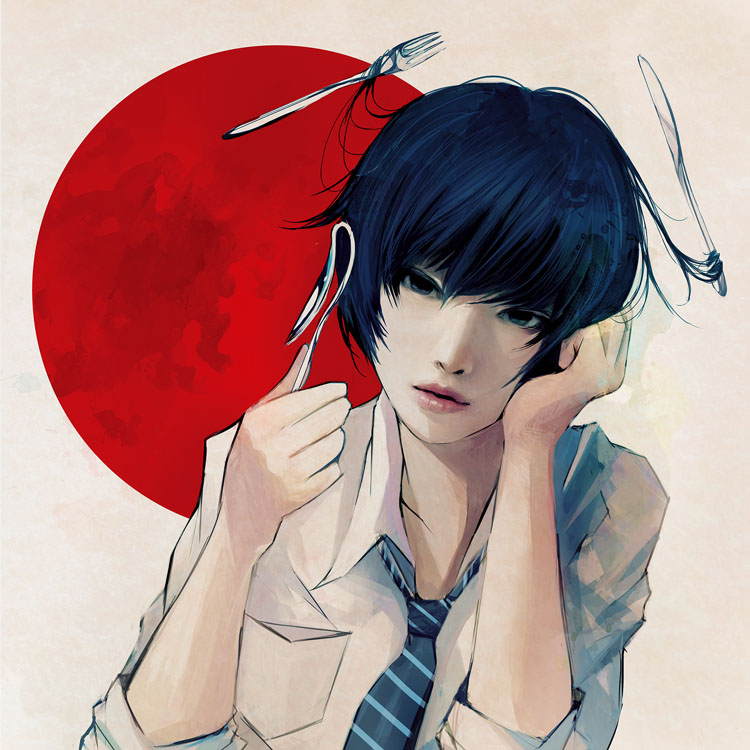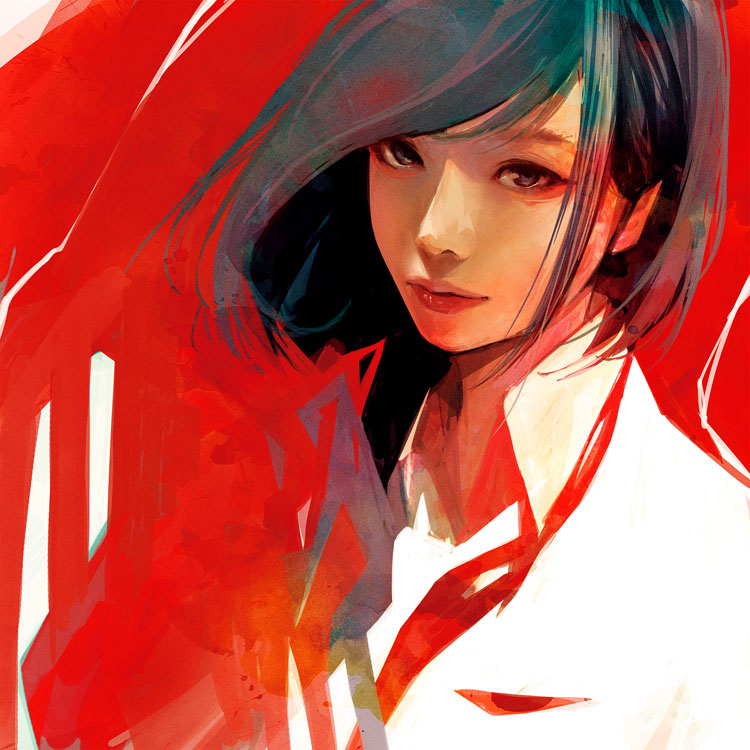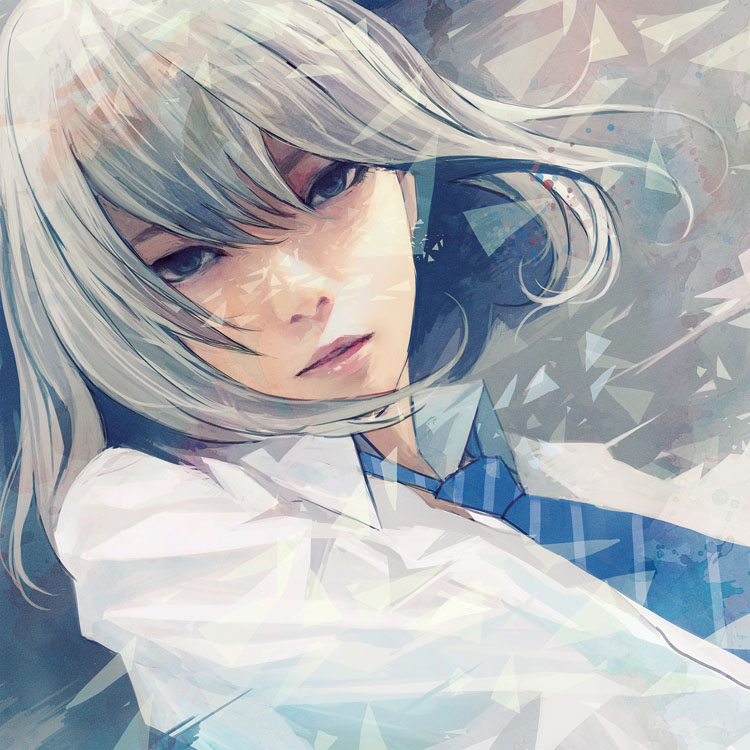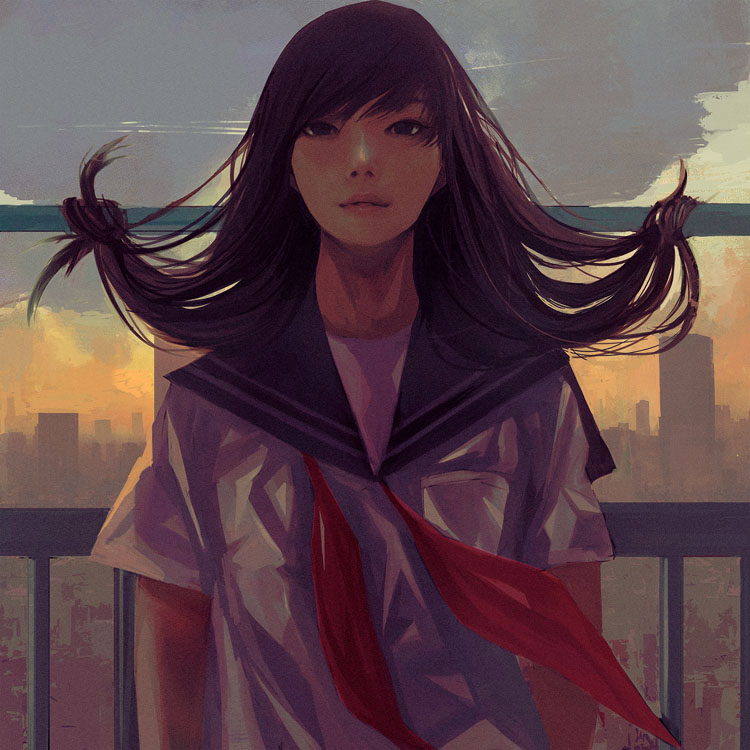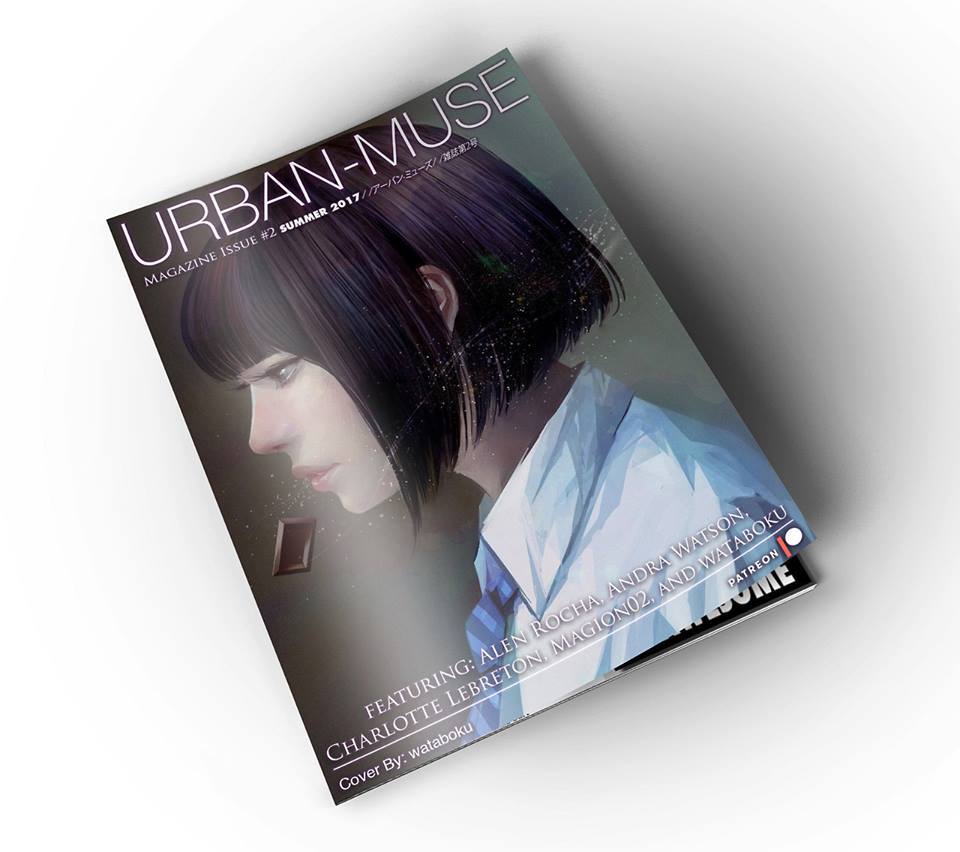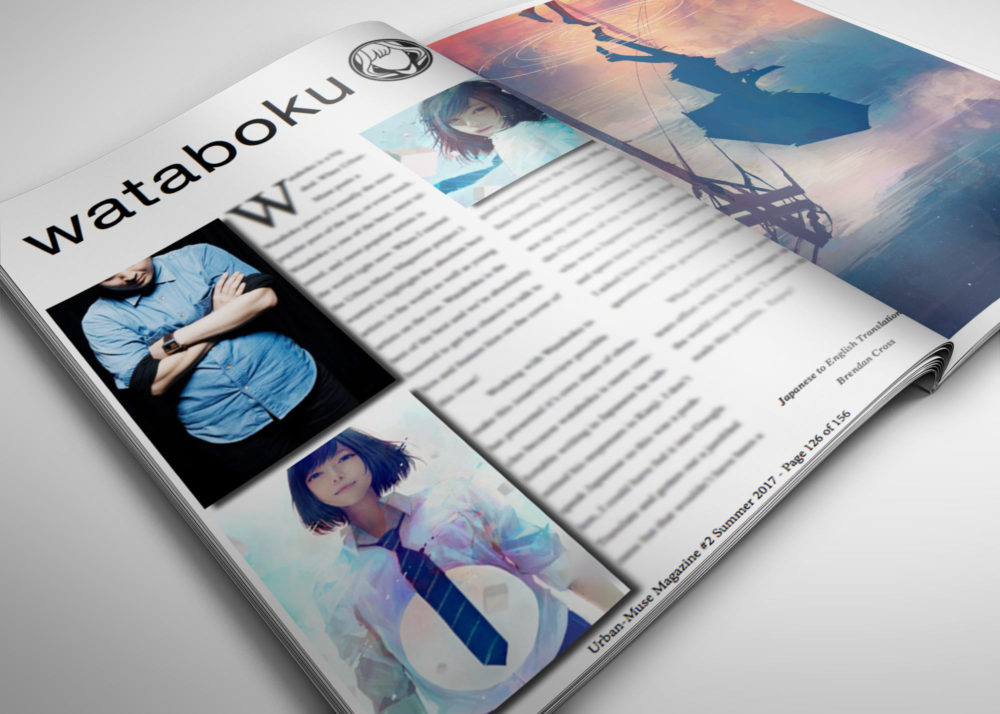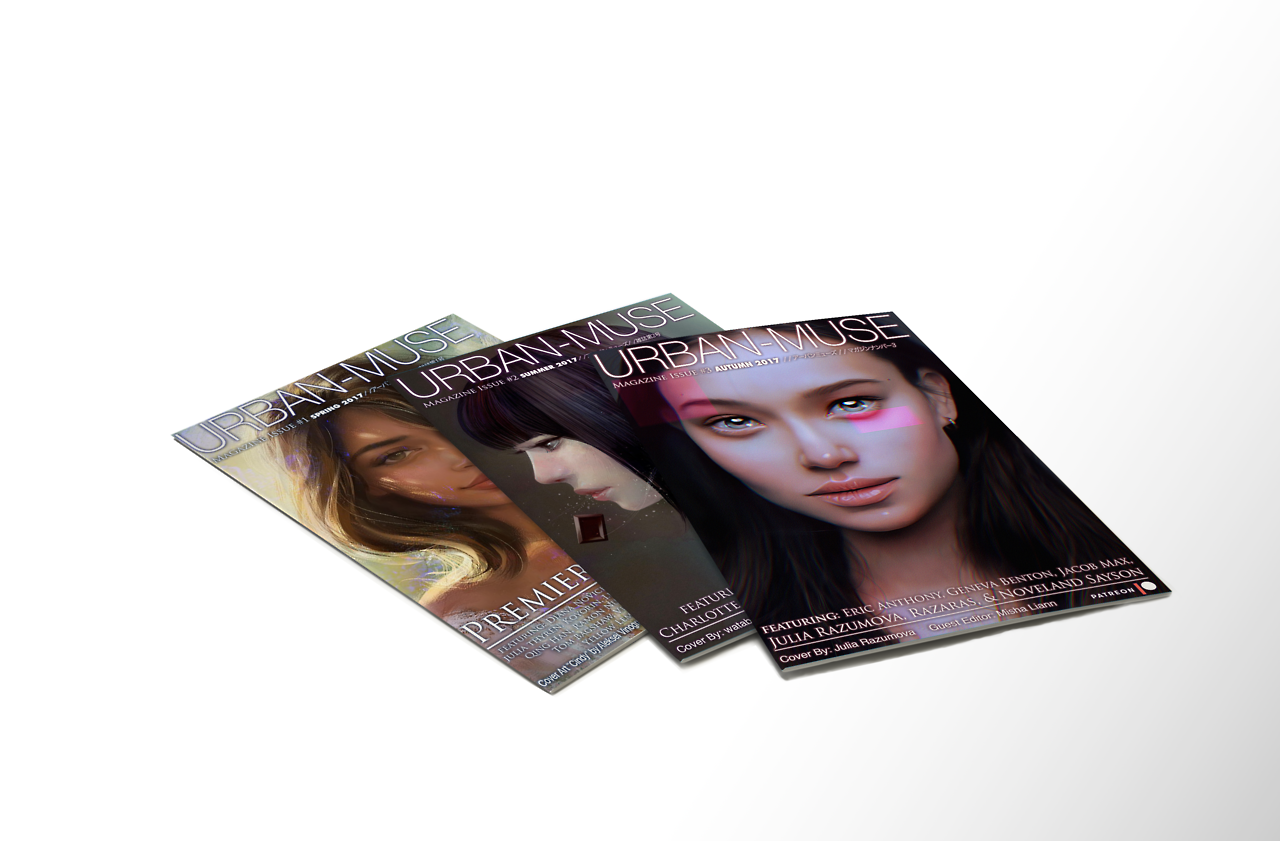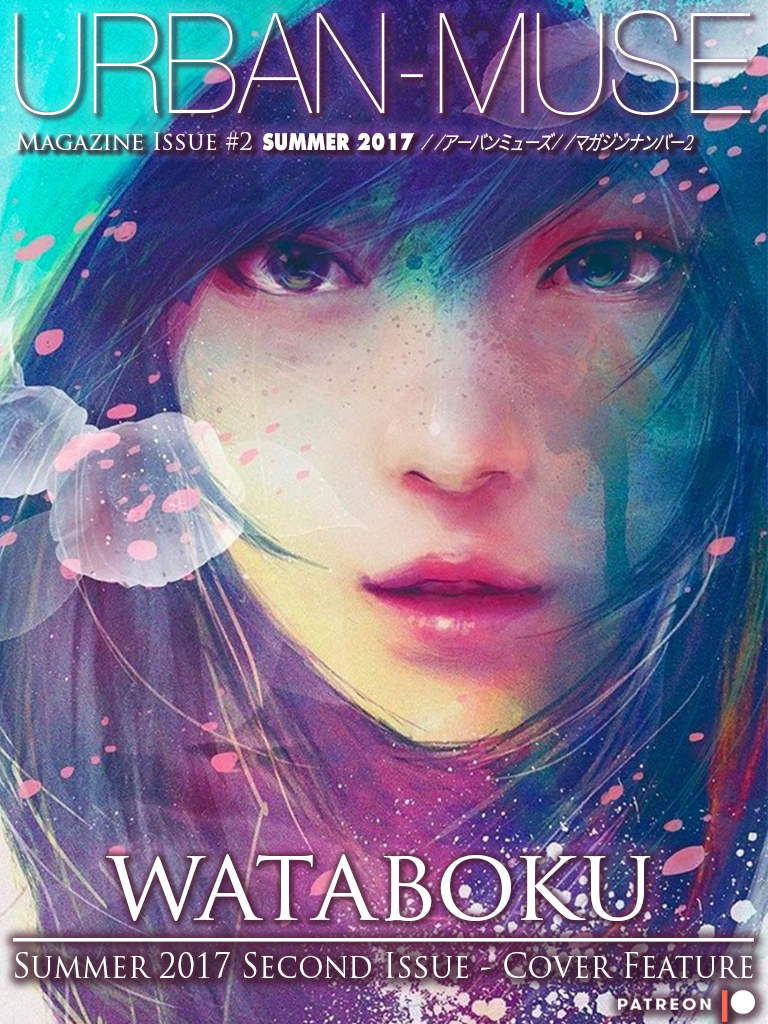
What you are about to read is an excerpt of Urban-Muse Magazine Issue #2, currently available as part of $5 pledge on Patreon.com. We have gradually been releasing 5 interviews, from issue #2 on the blog. Work on Issue #3 and a new set of artist features is nearly finished and will release Oct 1. When you pledge on Patreon you will be sent a download link for Issue #1 of the magazine, as well as #2, and of course issue #3 when it is complete. If you want to read all the features, see the specific layouts/images chosen, read additional articles that will not be on the blog, view the images in High Res Lossless Quality, and support the project ensuring future issues can be made. Please consider supporting the Urban-Muse Magazine Patreon here:
patreon.com/urbanmuse
patreon.com/urbanmuse
wataboku is a big deal. When Urban-Muse posts a wataboku piece it’s usually the most popular post of the day, or even week. wataboku is one of the best, most talented, and most popular artists in the world right now. When I started the Urban-Muse Magazine project I wanted to highlight the absolute best artists in the world as well as young artists on the rise. wataboku is the best of the best and we’re absolutely honored to get the chance to talk to him and feature him on the cover of this issue!
Working with wataboku to make this issue/interview possible has presented it’s own share of obstacles because wataboku is more comfortable writing in Japanese he submitted his responses in Kanji. I don’t speak Japanese so this was a problem, I could have fed it into Google Translate and gotten out a jumbled mess but that wouldn’t have been a good experience for the Urban-Muse fans (mostly English speakers) reading these magazine issues. Luckily I had an ace up my sleeve, his name was Brenden Cross one of my in-real-life friends who was a Japanese Major in college and spent time living in Japan himself, I asked him if he’d help translate these questions, and he graciously obliged!
What follows is a three person team effort with lots of messages across the world over the past 2 months that made this possible. Enjoy!
Japanese to English Translation by Brendan Cross
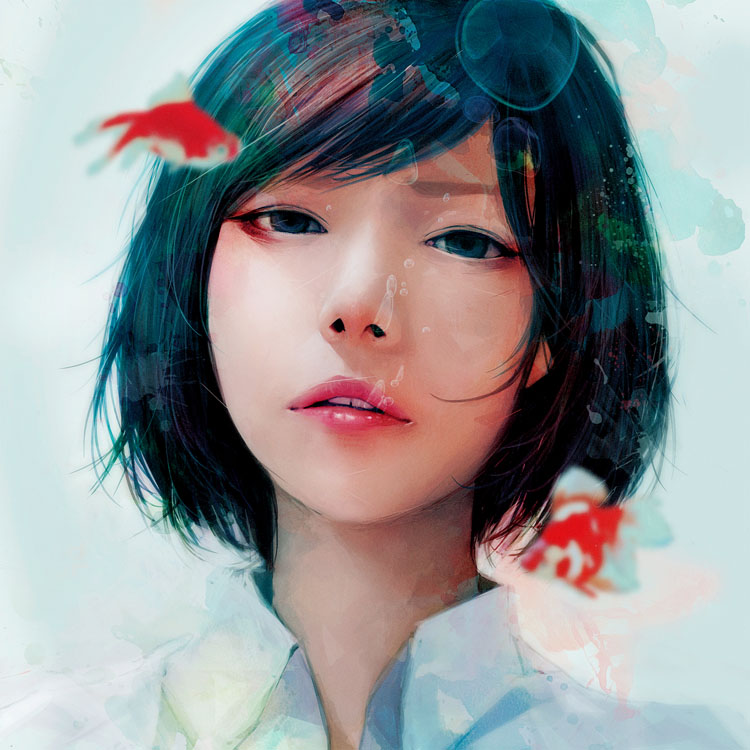
Urban-Muse.com: You are a Japanese artist. Japan has a long history of fostering and nurturing thousands of really important artists throughout the years. How do you think living in Japan and its heritage has affected you and your work? For our readers, what can you tell them about what it’s like to be an artist living in Japan?
wataboku: I believe it’s well-known, but in Japan there exists the culture of “manga”. From a young age, I had many opportunities to be moved by its drawings. Starting with AKIRA and Ghost in the Shell, I went on to take numerous such influences from manga.
Actually, my father was a manga artist, but he lost his job around the time I was old enough to be aware of such things. It’s a marvelous line of work, but I feel it’s also a very harsh world to live in.
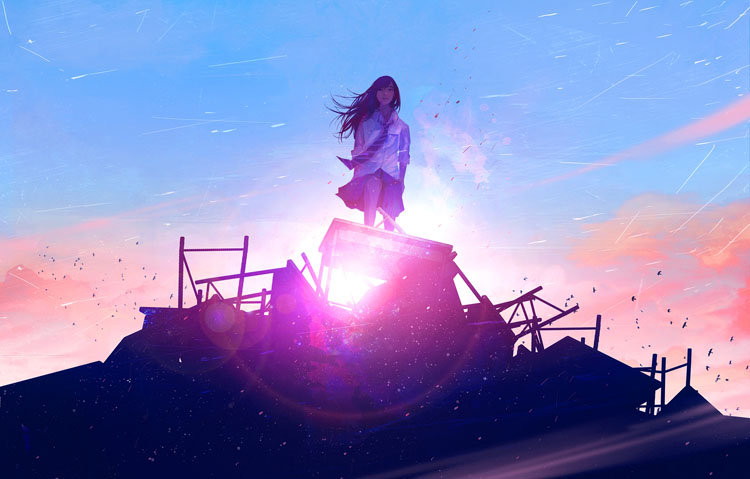
Urban-Muse.com: I don’t think we can go much further in this interview without addressing the idea of Japanese schoolgirls. You art focuses heavily on schoolgirl imagery. Can you talk a bit about your work with them, and what It is about that aesthetic that draws you to create art based on that style of fashion, and female? You’ve often called your work “Nostalgic Schoolgirl” is this a personal nostalgia? Can you tell us more?
wataboku: Well, if you’re wondering why schoolgirl imagery and shōjo really clicked with me, I feel it stems from the period in my life when I first fell in love. Those student days were a very revolutionary and special period of my life, upon which I constructed my aesthetic sense of music and the arts. The scent, the air, and the feeling of those times are still the criteria I use to measure what’s personally pleasant. It’s not that my works are drawings of any one person in particular, rather they’re based on my personal reminiscences and memories from those times; I’m drawing a character who projects all of those sentimental feelings from head to toe.
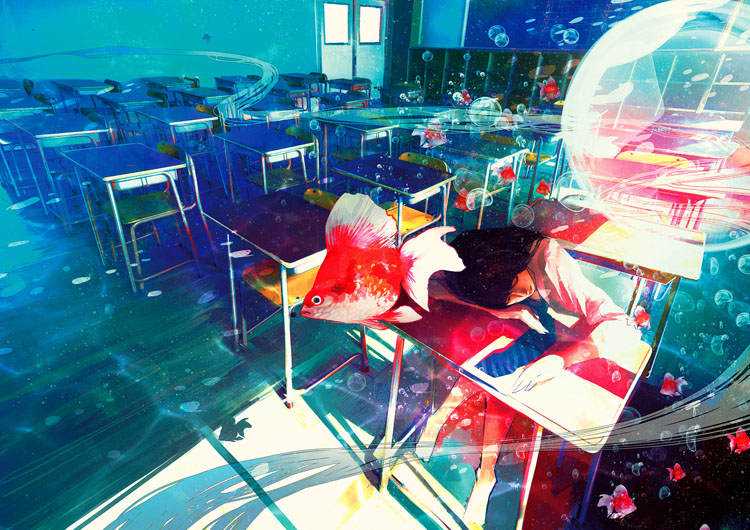
Urban-Muse.com: Looking over your website you have been involved in many commissions, for art for Advertising campaigns, products, album covers, and even portrait art for a Hulu Japan show about schoolgirls “Keyabingo.” That TV show sounds like the most interesting one because you created a large series of girls based on its actresses with orange backgrounds, this seems perfect for your style of art because it was very similar to what you were already doing anyways. How did this job happen? Did they seek you out? How was your experience? The girls themselves seemed to like it as well!
wataboku: Many of my works are drawings of shōjo and schoolgirl imagery, so I receive many commissions to draw idols and women.
Not to mention that illustrations of girls are becoming quite popular in Japan.
Honestly, I can also draw men, but I like to leave that side of the commissions to individuals who have that as their specialty.
If I want to eat curry, you know, I’ll go to a curry restaurant, not just any restaurant.
Keyakizaka46 is the idol group that is most influential in Japan right now, so I asked them over and over, “please let me do work for you!”
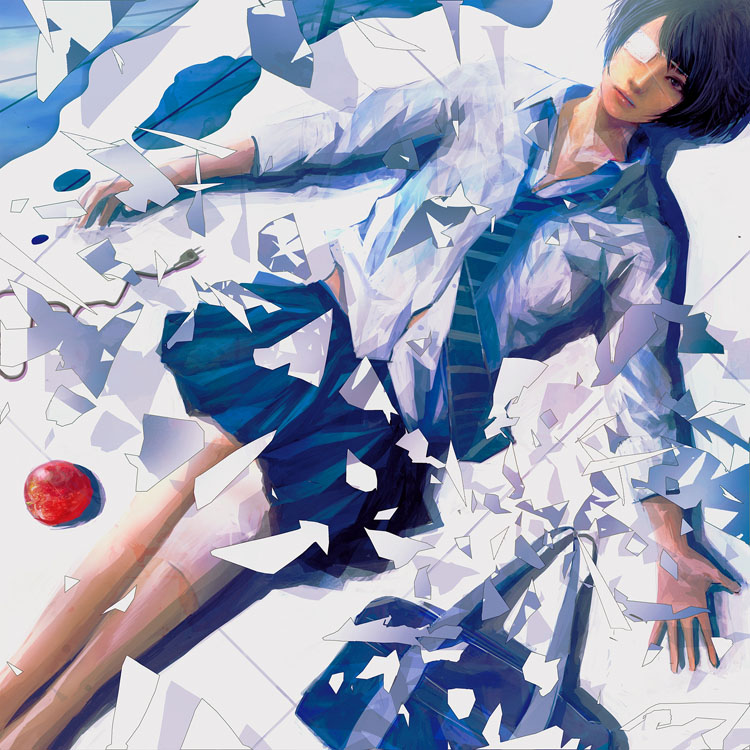
Urban-Muse.com: Aside from the clear influence of schoolgirls on your work, what other things influence your work? Who are your favorite artists? What are your favorite movies? What are your favorite Manga/Anime?
wataboku: Inio Asano, the movie “tokyo.sora”, the Taiwanese movie “Tropical Fish”, and films directed by Shunji Iwai. Yoshitomo Nara. Katsuya Terada. Ly. Shūzō Oshimi. Hiroya Oku. Bill Traylor. Charles Anastase. Tetsuya Ishida. I have many people who influence me.
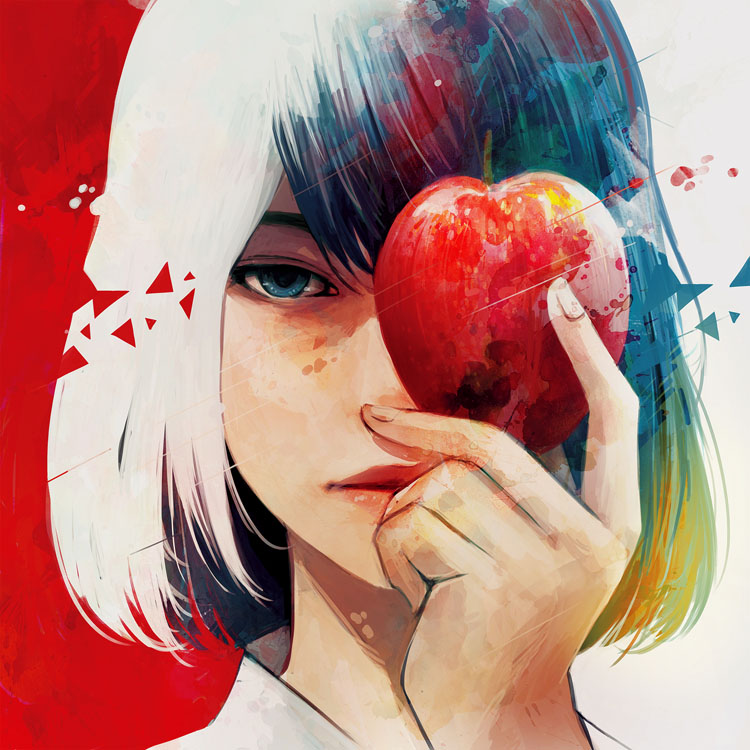
Urban-Muse.com: What of your personal pieces has been your absolute favorite?
wataboku: My favorite is always my most recent piece!
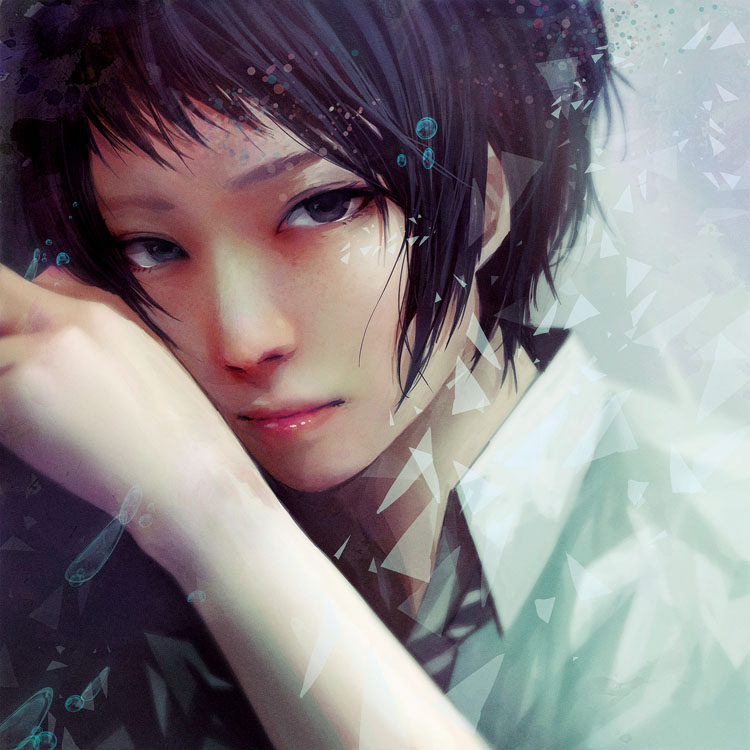
Urban-Muse.com: Of all the commissions and projects you’ve worked on which has been your favorite? Keyabingo? Roland?
wataboku: They all are my favorites, but Keyabingo is the most recent of my works and has been the most challenging, so I want everyone to see it!
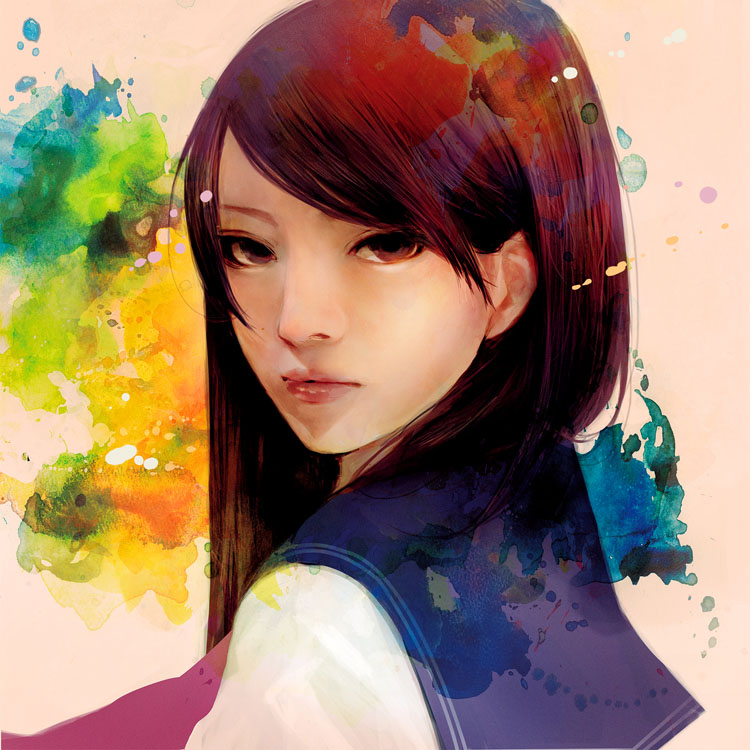
Urban-Muse.com: You recently published your first art book! Congratulations! Was this self published or did a publisher approach you to do it?
wataboku: Thank you very much! I received an offer from the publisher Pony Canyon. I’m extremely grateful toward each and every one of the publishing staff, the collaborating artists, and those who purchased the book!
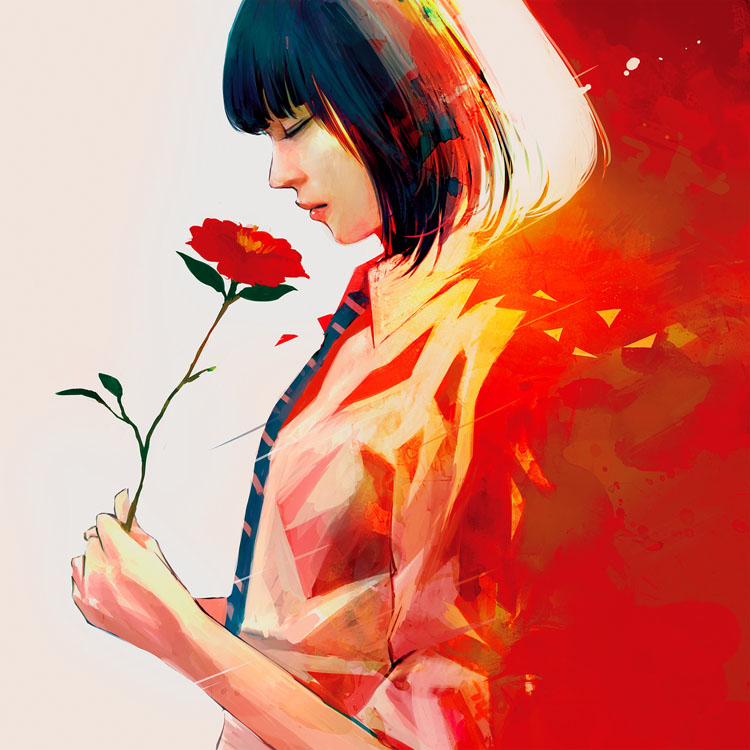
Urban-Muse.com: As far as we can tell you’ve been involved with 3 live exhibitions of your work so far, can you tell us how it was when you started showing your work to real live human beings in person instead of just faceless people on the internet? It must have been great to interact with your fans in person? How else was this experience for you?
wataboku: I always show my work to the public through the internet, so to actually be able to discuss my work with those viewing it in person was a fresh and very precious experience for me. I still have some exhibitions for this year planned, that I’m very much looking forward to. My field of view is still confined to Asia, but one day I would like to come see Europe and America. That might be getting a bit ahead of myself…
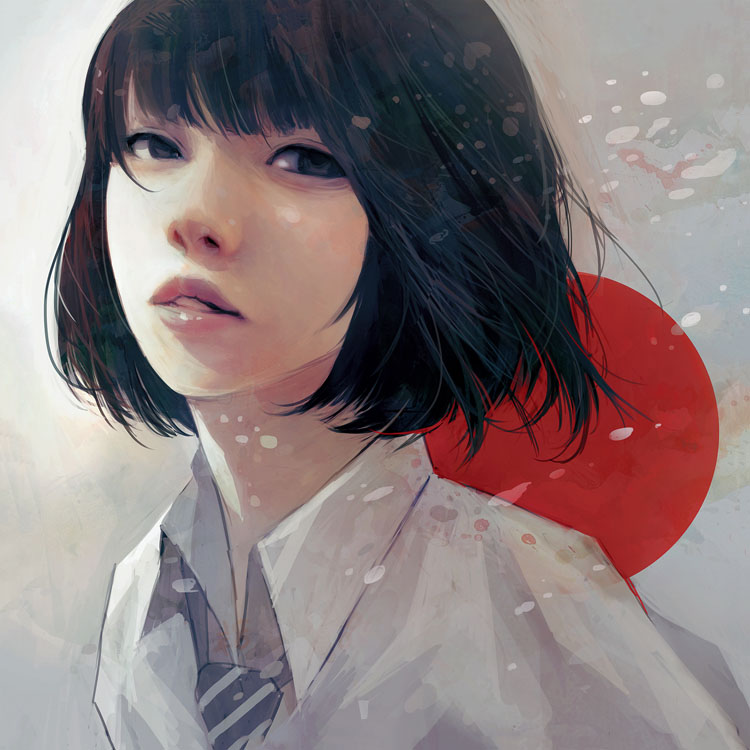
Urban-Muse.com: What are your tools of the trade? You primarily seem to work in digital, but you also do lots of pencil sketches as well. This is a fairly common question from random commenters. Things like what tablet do you use? What program? Operating System? Brand of Pencils, supplies etc.
wataboku: While I use things like mechanical pencils and pencils, I fundamentally use photoshop CC to go from a rough sketch to the final draft. I use both a graphic tablet, the Wacom Cintiq 13hd, and an iMac. The procedural order of my working process is to go from rough sketch -> coloring -> finishing touches -> effects.
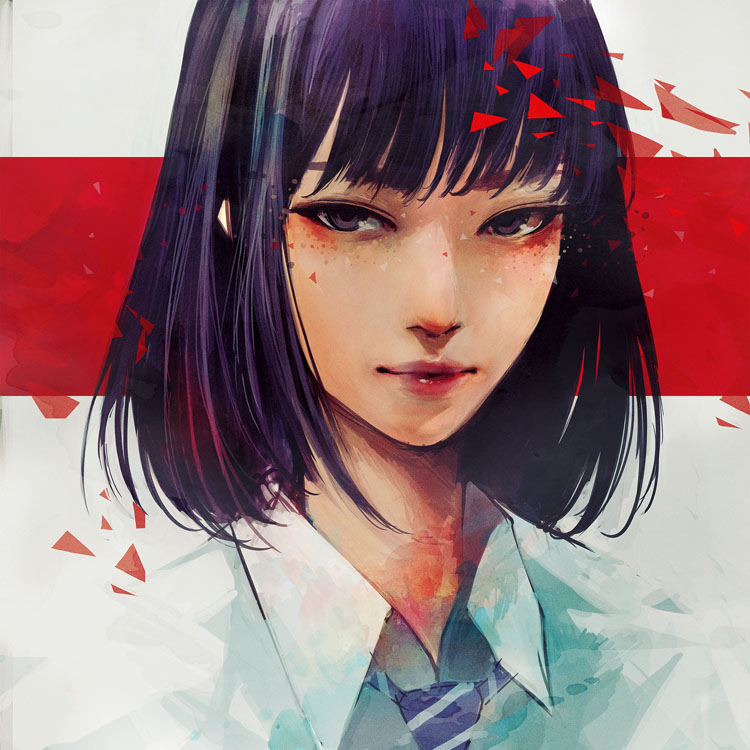
Urban-Muse.com: Do you have any specific brushes or plugins to recommend?
wataboku: I don’t use plugins. For brushes, a normal brush. Otherwise, just the two standard pencil brushes recently put in photoshop CC.
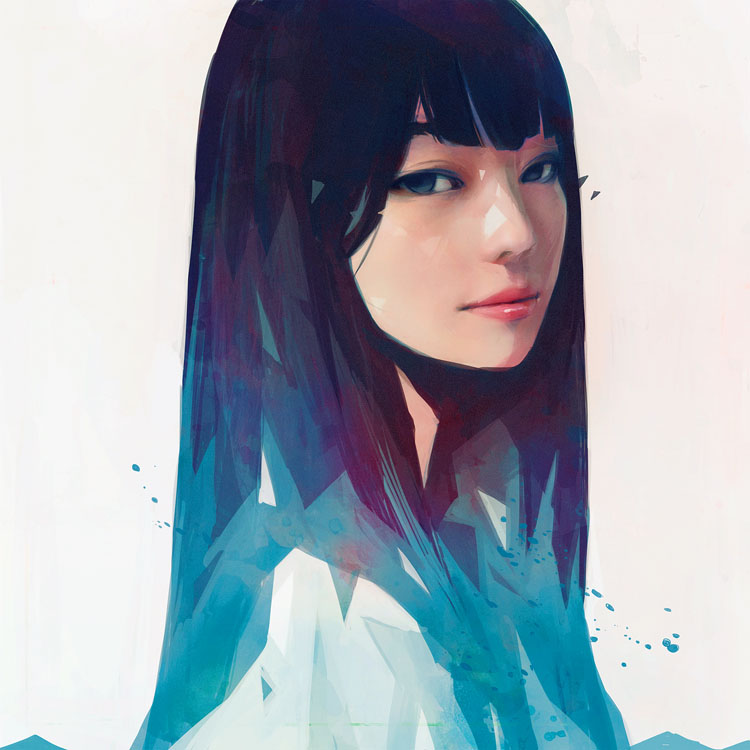
Urban-Muse.com: What is your working process like? Where do you like to create? A certain part of your home? Office? Desk? Maybe you go outside to draw? What kind of music do you listen to while you work?
wataboku: I work in my design office. I usually am doing my design work and illustration work both at the same time.
I listen to music everyday! I listen to many Japanese artists, but I really love American and English Punk/Emo bands from the 90’s like: Leatherface, Broccoli, Hot Water Music, Texas Is the Reason, Jets to Brazil, American Football, Get Up Kids, Mineral, Jimmy Eat World, etc.
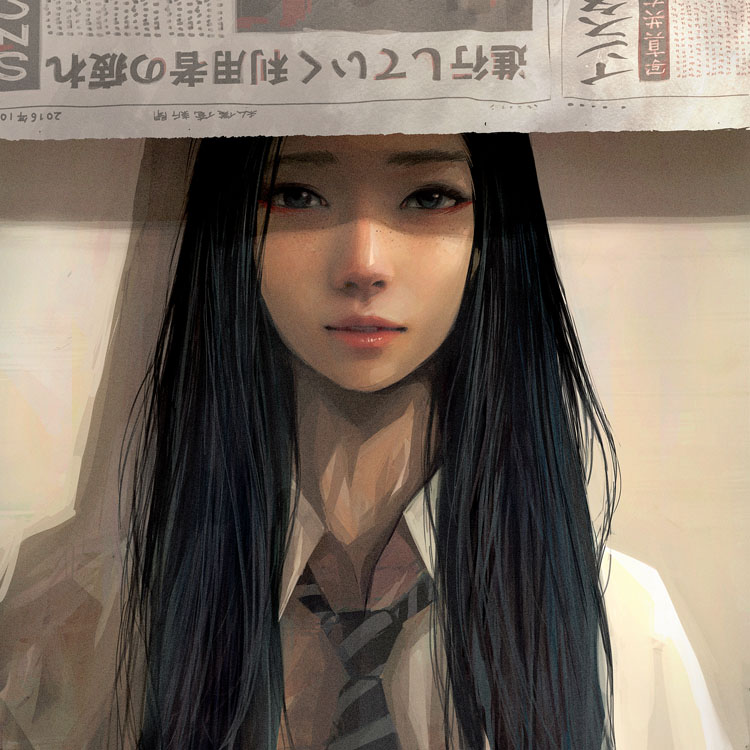
Urban-Muse.com: A big question we’ve been tackling with this issue is how do you deal with artists block? When you just can’t think of any good ideas? How do you get past this and find the inspiration you need?
wataboku: I get inspiration from people I meet through work, and the general atmosphere of the place.
From new works of my favorite artists, from artists I’m just getting to know…
It’s not often that my environment or aesthetic perception dramatically changes, so anything that allows me to see with fresh eyes and hear with fresh ears is good material for inspiration.
If you go on outings by yourself, you’ll find many impressions will spring to mind.
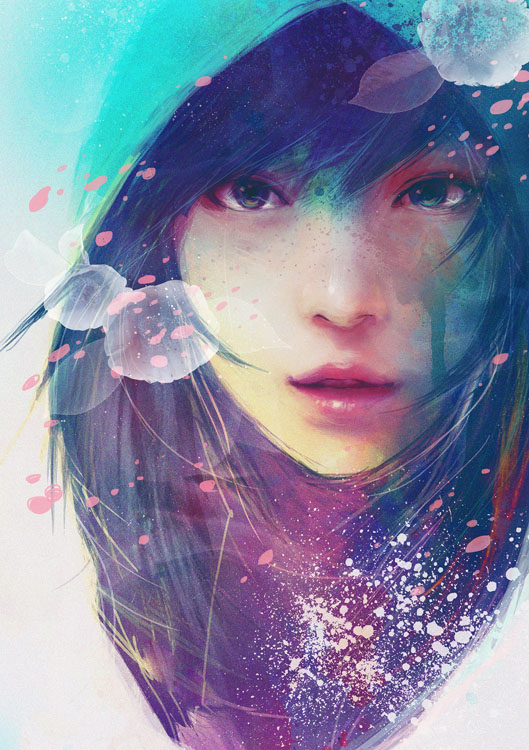
Urban-Muse.com: You’re on most of the Social Media Networks and art sites, which one has been the most important to you in terms of popularity and connecting with your fanbase?
wataboku: In the old days, the only one I was ever on was deviantart. However, in 2015, my deviantart fans encouraged me to start using the other services (Facebook, tumblr, Instagram…). As soon as I did that, I started getting even more people than on deviantart viewing my works. I should’ve done it sooner, right? I regret that a bit.

Urban-Muse.com: What would your advice to young artists who want to get better? So many artists that read Urban-Muse probably dream of one day being on your level. What would you say to people like that?
wataboku: This could work as advice to myself, too, but it’s important to never let yourself be satisfied.
For example, you can look at someone whose goal is to draw a picture in a day, and you can look at someone whose goal is to draw a picture in a week. The latter is going to do overwhelmingly better.
The reason for this is that you can work your job while you revise your picture over the duration of that week.
It’s important to move your hand, but it’s also important to take things in with your mind.
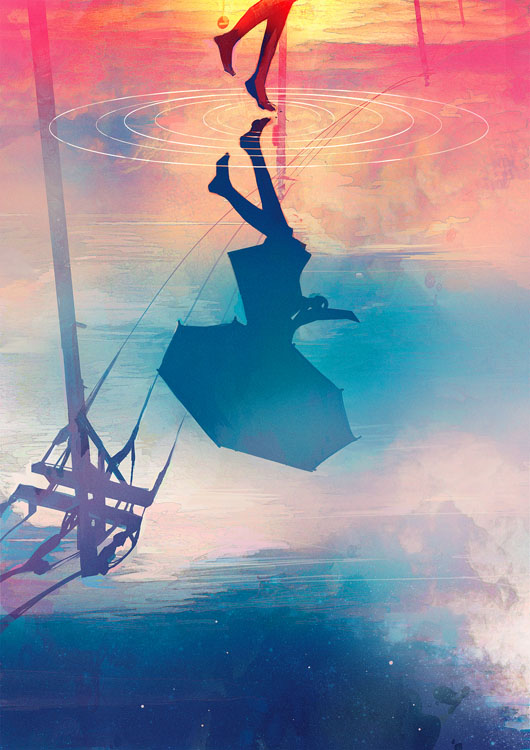
Urban-Muse.com: Somewhat related to the previous question, but sometimes artists go through periods where they just want to give up on art altogether. Have you ever felt like that? What would you say to an artist who feels like they might want to quit, but maybe just needs a little encouragement? How do you find the strength to persevere even when times are tough?
wataboku: While my father quit being a manga artist, he would often draw pictures at home.
There are many ways to maintain a relationship with art.
If you’re having a difficult time, I think it’s not a bad thing to take some distance. I love art, too, but if it came to be that as a father I couldn’t make enough time for my precious wife and children, I might then lose the time for drawing.
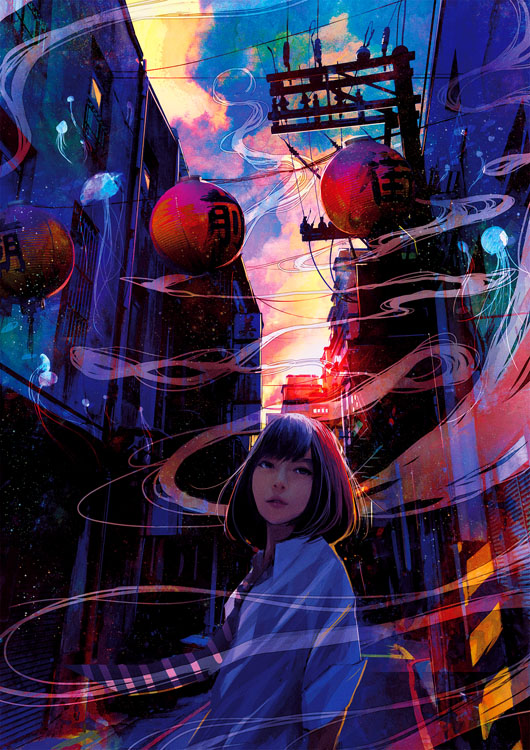
Urban-Muse.com: How has education affected your work? Did you go to college? Where? What did you study? Did you go to art school or are you self taught? How has it affected your work?
wataboku: I graduated from the Art department in my university. I studied design, and others in my department studied design, but most of the students were drawing art.
The artist Marumiyan was an older colleague, and Kyne was a younger colleague.
The author of Naruto, Masashi Kishimoto, was also at my same school.
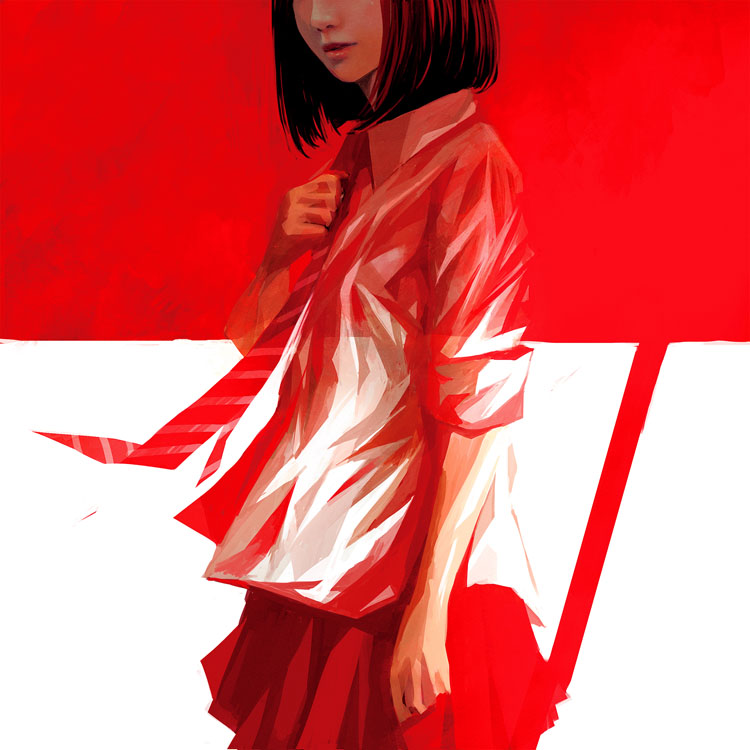
Urban-Muse.com: What are your goals and outlook for the future? More books? More Shows? What else?
wataboku: I want to try and draw a manga.
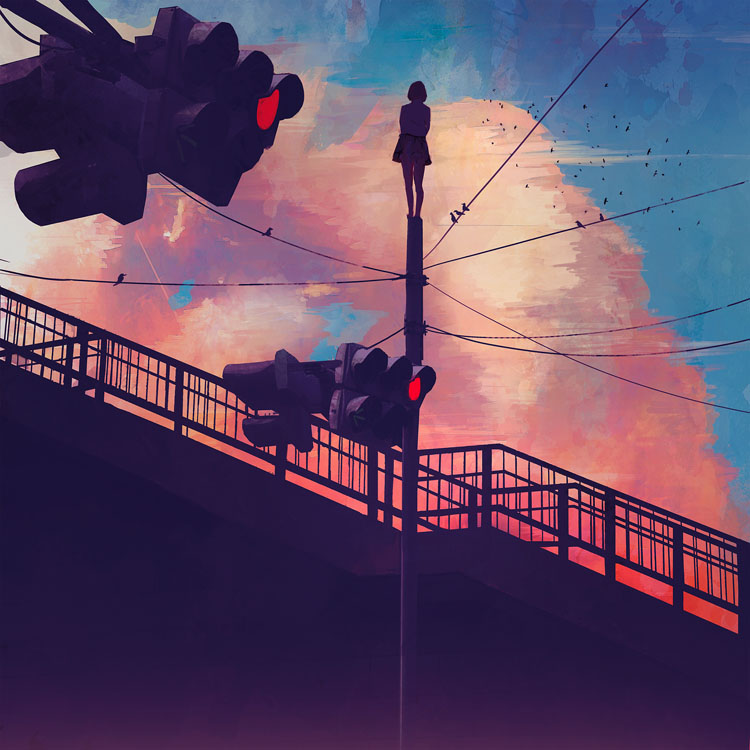
Urban-Muse.com: What do you think the future of art for the world looks like? What kind of changes do you see happening in society that could affect art and artists? What kind of Technological Advancements could make artists lives easier? What do you think the art world will look like in 20+ years?
wataboku: I sense at the moment there is a large dividing line between the art culture born from the internet and “real” art culture.
Digital art is data, after all, and is generally treated as of lower value.
20 years from now, I would like to see the general appreciation of digital art improving, as the craft itself and the value system around it progresses.
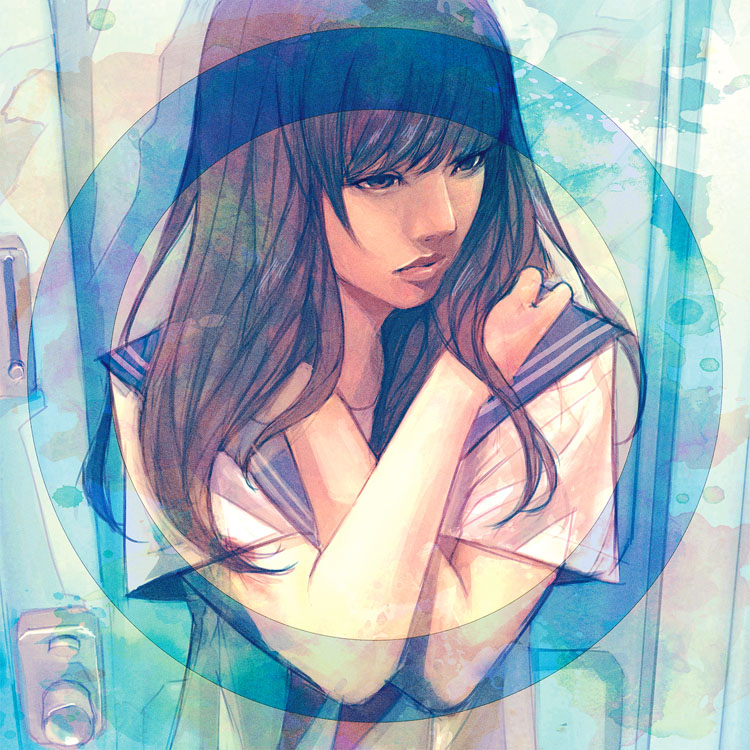
Urban-Muse.com: Thank you so much for being a part of this wataboku. This was a real honor for me, and for Urban-Muse. Thank you from the bottom of my heart!
wataboku: Thank you very much as well! I’ll always appreciate it! URBAN-MUSE is the best!
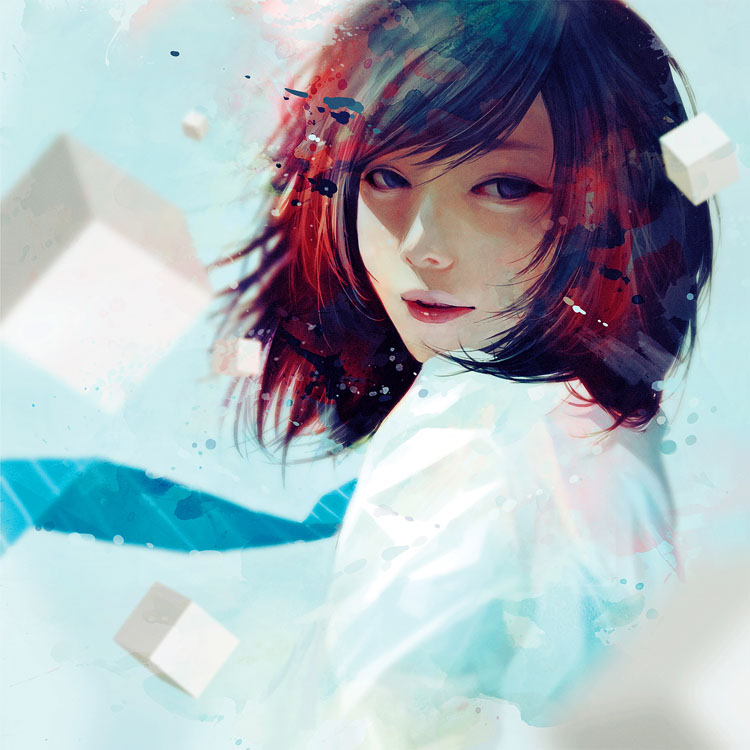
You can follow wataboku here:
pixiv.net/member.php?id=1602899
facebook.com/watashibokuore
instagram.com/wataboku__
wataboku.deviantart.com
twitter.com/wataboku_
wataboku.com
